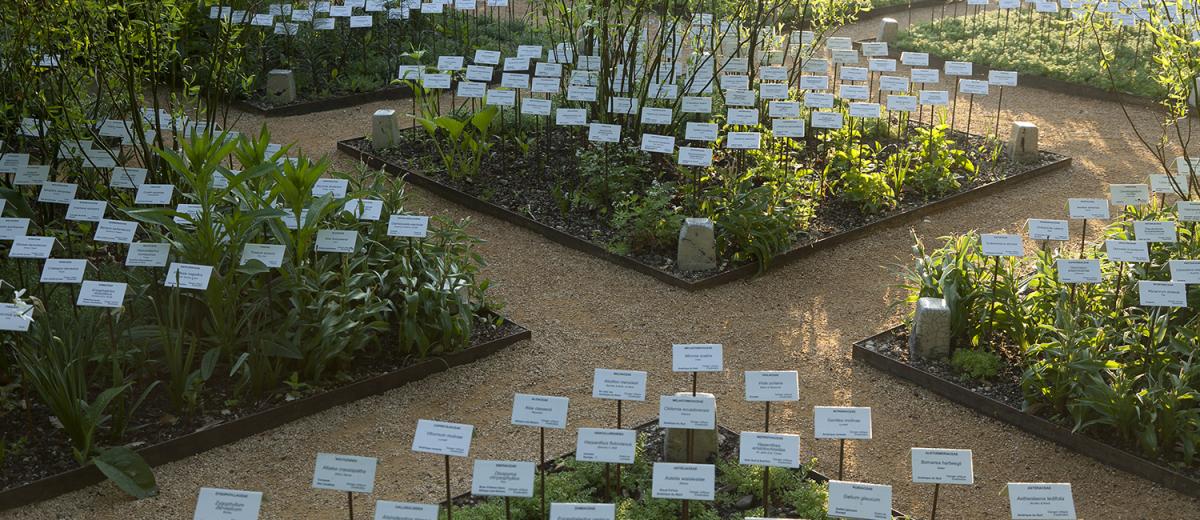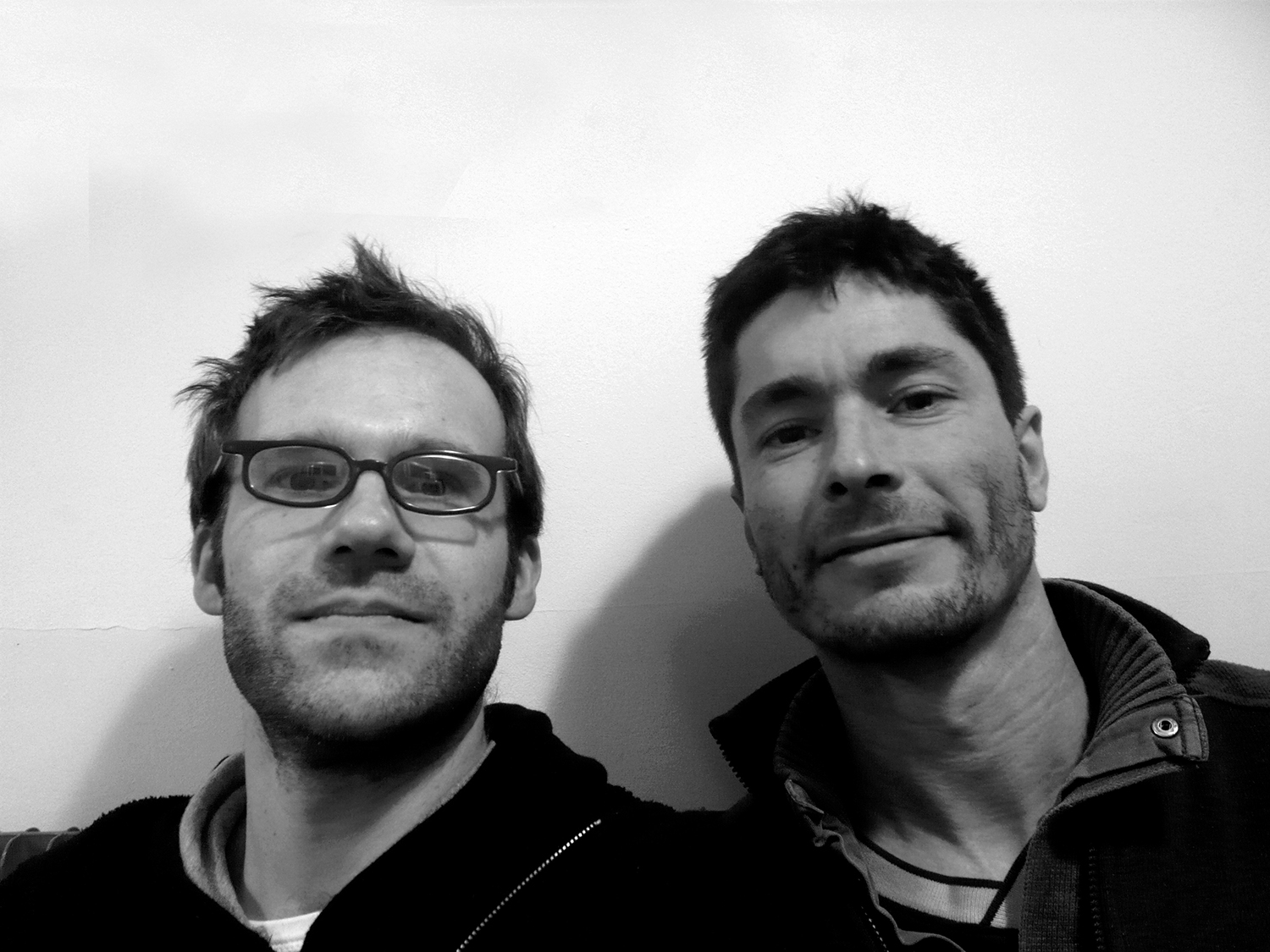12. Le jardin des plantes disparues
published at 07/11/2017

A warning garden, Le jardin des plantes disparues (The garden of extinct plants) rings out like a plea.
Botanical gardens are privileged witnesses of biodiversity, harmoniously associating a huge number of plants with their scientific names. A proliferation of plants, a proliferation of labels…. However, how many labels no longer have the plants they indicate to refer to?
This garden lays out the violent disassociation which has occurred between mankind and nature, through the systematic evocation of extinct species. On the perimeter of the garden, the squares of labels evoking the extinct species are covered by thick beds of shrubs, which seem to want to recolonise the ordered surface of the soil.
Finally, visitors find themselves in an arrangement of plants which is more and more archaic, revealing little pockets of abundant vegetation behind the bushes which are full of flowers and scents, like an invitation to reintegrate the heart of nature.
designers
Denis VALETTE, government approved architect and Olivier BARTHÉLÉMY, sculptor
FRANCE

From left to right: Olivier Barthélémy and Denis Valette
Olivier Barthélemy has a diploma from a photography school, Image Ouverte, in Nîmes and then also from a creative ceramics school in Nancy where he works and lives. He specialises in the design and making of terracotta sculptures as well as in ceramic art works, which are also a little reminiscent of his early love of photography, Black and White and graphic art. It was his passion for nature and gardens and his friendship with Denis Vallette which led him to discover Chaumont-sur-Loire. This joint project will enable him to develop his ideas around the garden concept. Olivier works as a ceramist and likes to put his works outside, in gardens.
Denis Vallette is a government approved architect from the School of Architecture in Nancy and has a university technology diploma from the IUT Génie Civil [Civil Engineering Institute of Technology] in Nancy. The end of his university course was marked by the Czech Republic and Granada (Spain), along with a return to Lorraine for his end of course work. He was an assistant architect in Antibes for three years and here the Mediterranean aroused his interest in cultivation and gardening, especially in the Colombières Garden in Menton. He is based in Nancy and offers his services as a freelance architect, with the desire to reconcile architecture and town planning with the art of gardens. He is convinced that architecture finds its real value in its balance with nature and that it is also a privileged field where people, ideas, knowledge and art come together.